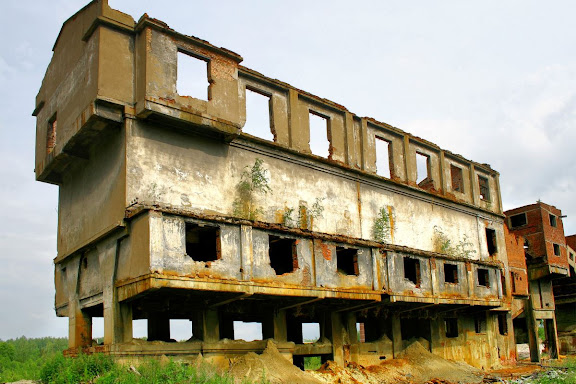Purchasing a property is one of the most significant investments in life. However, when a development project is abandoned, it can be a nightmare for buyers who have committed their hard-earned money to the property. In Malaysia, abandoned housing projects have been recurring, leaving many buyers in limbo. This article aims to shed light on your legal rights and the steps you can take if you find yourself in this unfortunate situation.
Understanding Abandoned Projects
Step 1: Confirm the Project’s Status
The first step is to determine if your project has been officially declared abandoned. Contact the Ministry of Local Government Development (KPKT) or check their database for updates. Gather relevant documentation such as:
Your SPA
Loan agreements
Correspondence with the developer
This will help you build a case if legal action becomes necessary.
Step 2: Exercise Your Right to Terminate the SPA
Construction has been inactive for six consecutive months.
The developer has officially ceased operations or abandoned the project.
To proceed:
Obtain written consent from your bank if you’ve taken a loan.
Seek certification from the Housing Controller confirming the developer’s abandonment.
This provision simplifies the termination process, removing the need for collective action among buyers.
Step 3: Claim a Full Refund
Step 4: Hold the Developer Accountable
Developers who abandon projects can face severe penalties under Section 18A of the HDA. These include:
Fines ranging from RM250,000 to RM500,000
Imprisonment of up to three years
Both fines and imprisonment
You may also file a civil suit for breach of contract, seeking additional damages for emotional and financial losses.
Tips to Avoid Abandoned Projects
Prevention is always better than cure. Here are some practical steps to avoid falling victim to an abandoned project:
Opt for Build-Then-Sell (BTS) Models: In BTS schemes like the 90:10 model, you pay only 10% upfront and the remaining 90% upon project completion.
Research the Developer: Check the developer’s track record, financial health, and history of completed projects.
Refer to Blacklists: The Ministry of Housing and Local Government regularly updates a list of blacklisted developers.
Understand Your SPA: Engage a lawyer to review your SPA and clarify any ambiguities before signing.
Challenges and Loopholes
Despite the legal framework, some developers exploit loopholes to evade penalties. For instance:
Performing minimal work periodically to avoid the “abandoned” status.
Delaying refunds or approvals from the Housing Controller.
Excluding commercial properties from HDA protections.
Buyers must remain vigilant and proactive to counter such tactics.
Conclusion
Abandoned property projects are challenging, but they’re not insurmountable. By understanding your rights under the HDA and taking swift action, you can safeguard your investment. Whether it’s terminating your SPA, claiming refunds, or pursuing legal action, there are avenues to seek justice and recourse.
Remember, prevention is your best defense. Research thoroughly, understand the terms of your SPA, and prioritize safer purchasing schemes. With the right knowledge and preparation, you can turn a potential nightmare into a learning experience and safeguard your future investments.
Disclaimer: This article is for informational purposes only and should not be considered legal advice. Consult a qualified professional for guidance specific to your situation.




No comments:
Post a Comment